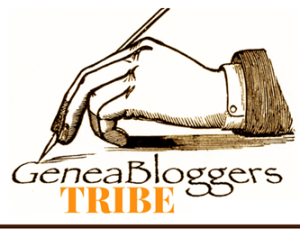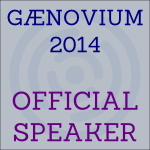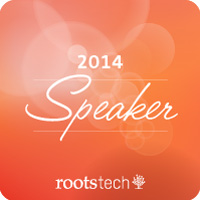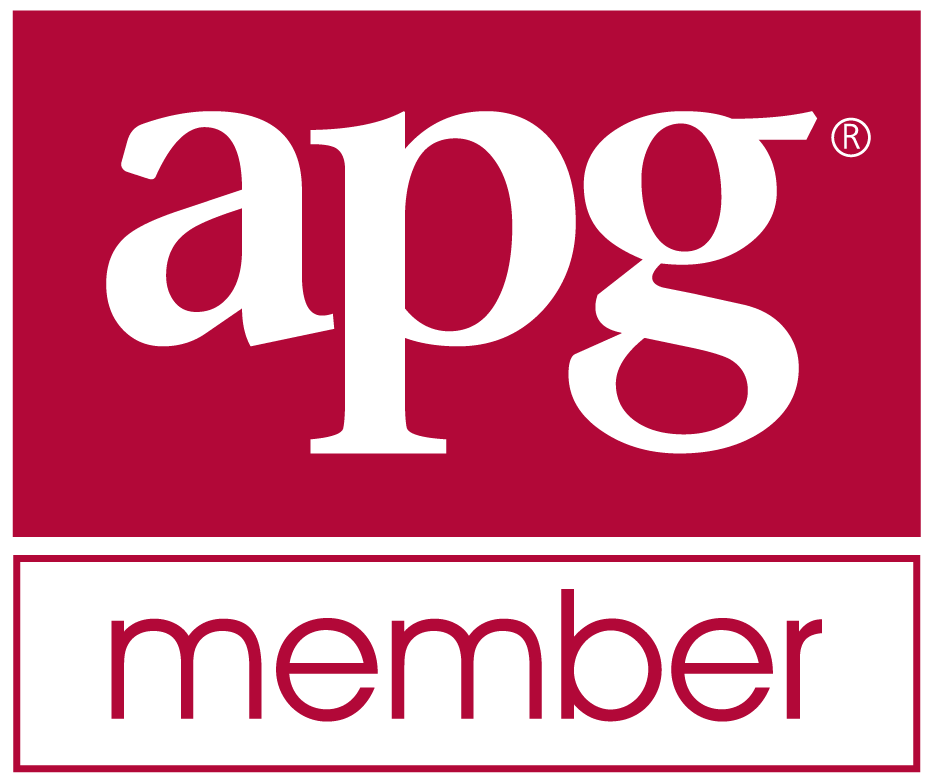A Quick Attempt of MyHeritage’s New AI Record Finder - Tue, 26 Dec 2023
You may not have heard of this yet, but MyHeritage has just launched their new AI Record Finder. I got the email from them about it earlier today. Rather than me describe it, you can read about it on MyHeritage’s blog post: Introducing AI Record Finder™, the World’s First AI Chat-Based Search Engine for Historical Records - MyHeritage Blog
I’ve not personally gone much into the AI (Artificial Intelligence) aspect of genealogy. I am a member of the Genealogy and Artificial Intelligence Facebook group led by Blaine Bettinger, but I haven’t yet tried ChatGPT or any other AI tools with respect to my genealogy.
I was involved in the early days of AI with regards to the chess program I wrote in the 1970s and I remember well all the discussion about Eliza, who was an early ancestor of ChatGPT.
Without further ado, let me get to my first attempt with MyHeritage’s AI Record Finder (click on the image for a larger rendition):
Above is what I saw when I started up the AI Record Finder. It asked for a name and clues. My genealogical research is quite challenging since all my grandparents are immigrants from what is now Romania and Ukraine. So I decided to find out what it could dig up about my maternal grandfather.
I entered my query which cannot exceed 350 characters (see the green text below) and in less than 30 seconds I got my response:
It provided me with 10 records about Joseph German which I can scroll through using the orange arrow on the right. The records included:
- MyHeritage Family Trees, which was from my own MyHeritage tree.
- Geni World Family Tree - information I put up on Geni.
- 1910 U.S. Federal Census – was the wrong Joseph German
- MyHeritage Family Tree – my grandfather on another person’s tree.
- Family Search Family Tree - information I put up there.
- 1920 U.S. Federal Census – wrong Joseph German
- 1910 U.S. Federal Census – wrong Joseph German
- 1911 Canada Census – wrong Joseph German
- 1910 U.S. Federal Census – wrong Joseph German
- FamilySearch Family Tree – wrong Joseph German
So 4 records were for my grandfather, and 6 were not. 3 of the 4 were my own information, and the 4th was another tree that included my information.
I really didn’t expect to find new information about my grandfather, but I decided to test the AI to see if it could find some real information that I might be able to use. So I added some more breadcrumbs as it requested:
I asked for information about 4 different immigrants and it gave me another 10 records:
- Wolf Mendes, U.S. City Directories. Wrong person
- Wolf Mindis, Canada, Montreal Jewish Synagogue records. Wrong person
- Wolf Mindes, US Border Crossings to Canada. Wrong person
- Wolf Mindis, US Border Crossings to Canada. Wrong person
- Wolf (Wolfel) Mendes (Mindiez), US Naturalization Record. Wrong person
- Wolf Mendes, US Border Crossings to Canada. Wrong person
- Wolf Mendis, US Border Crossings to Canada. Wrong person
- Wolf Mendes, US Social Security Applications. Wrong person
- Wolf Mendes, US City Directories. Wrong person
- Wolf Rabbi Mondes, Newspaper Name Index. Wrong person
So this result only found records for the first person of the 4 that I asked for, and none of the results were for the correct person. The birth and death years I gave and the Winnipeg clue weren’t enough for it to hone in on the correct Wolf Mindess.
Whoops. I realize now that I entered 1959 rather than 1859 as his birth year. The AI likely didn’t notice that or use the birth and death years or it surely would have said that something is wrong because my year range had him born (1959) after he died (1915).
If I use MyHeritage’s “Search Historical Records” form and look for Wolf Mindess using the incorrect birth year, the death year and listing Winnipeg as the place, then I get a similar set of results to what the AI provided.
But if I correct the birth year and use the regular search, then the results are a bit better:
I presume the AI would have given me these results instead, which include 7 different MyHeritage trees, a valid FamilySearch Family Tree result and a valid Geni tree result. The other 521 records are not the correct Wolf Mindess.
The bottom line is of course, their AI can only supply you with what information is in the MyHeritage record collection. Wolf Mindess came to Canada and is buried in Winnipeg. But MyHeritage does not have any life or death records for him (he’s not on Billion Graves) so there is nothing to supply except for his listing in family trees.
Before I left this, I thought I’d respond to the AI’s last request for a few more “golden nuggets”, as I wanted to see if something I could say would improve its search. So I said this:
This did a bit better:
- Wolf Mindess, MyHeritage Family Trees – Correct person
- Wolf Mindess, FamilySearch Family Tree – Correct person
- Wolf Mindess, Geni World Family Tree – Correct person
- Wolf Mandes, U.S. City Directories – Wrong person
- Wolf Mandes, U.S. City Directories – Wrong person
- Wilhelm Wolf Mindus, MyHeritage Family Trees – Wrong person
- Wolf (Wolfel) Mendes (Mindiez), US Naturalization Record - Wrong person
- Wolf Mindis, Canada, Montreal Jewish Synagogue records - Wrong person
Despite my incorrect date, this did improve its results, as it included 3 of the 9 records MyHeritage lists for the correct Wolf Mindess.
I’m not yet completely sold on AI technology. There is an art to formulating request to the AI just as there is an art to formulating record queries. The AI technology is designed to help you through it, and some people may find that easier than learning how to use the search tool, and might provide different results that you wouldn’t have found otherwise. I don’t think I’ll get much mileage out of it, but some people might find it very useful.
The main takeaway is that I’m very glad that MyHeritage keeps adding new and innovative tools. No other genealogy company has tried anything like this yet. This tool is a first-cut beta version, and I’m sure it will improve over time as additional functionality is added and as the AI “learns”.
There is a 2nd AI tool that MyHeritage released at the same time which the call the AI Biographer. I will try that one for my next article, which I will post in a couple of hours.










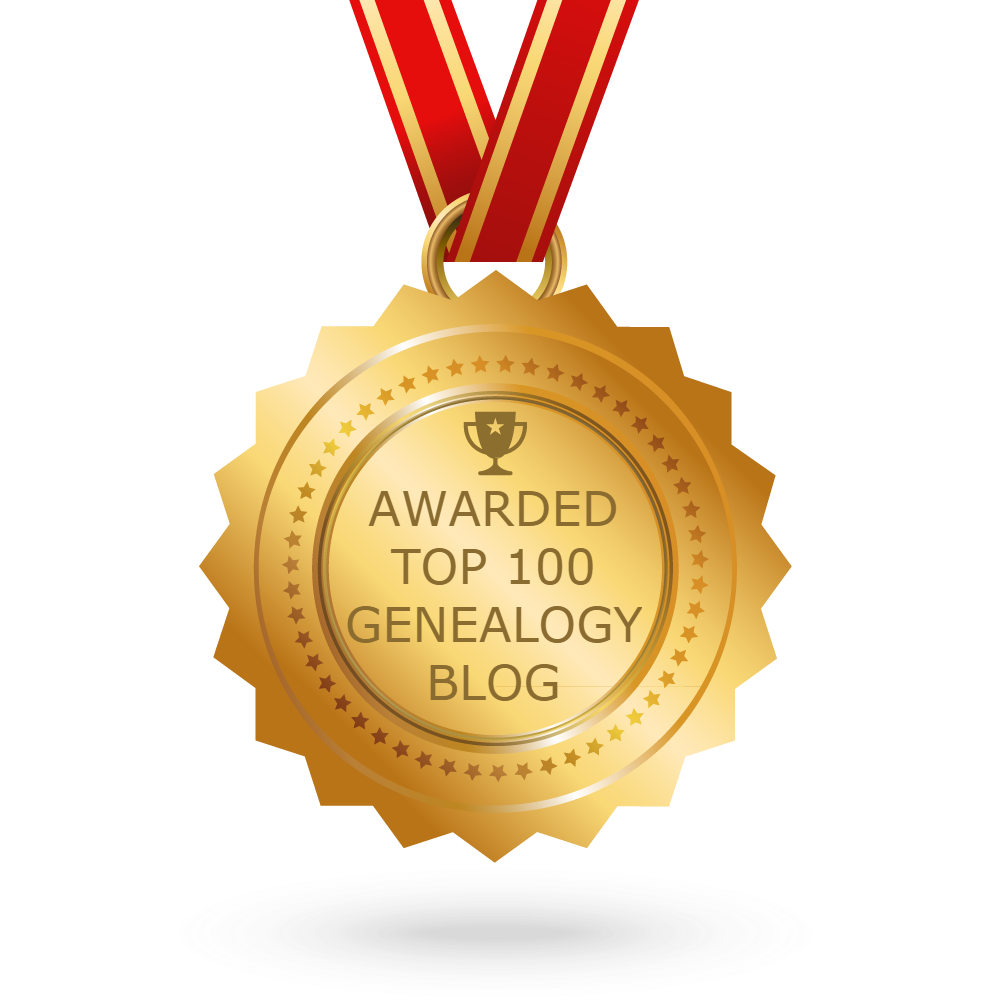 Feedspot 100 Best Genealogy Blogs
Feedspot 100 Best Genealogy Blogs